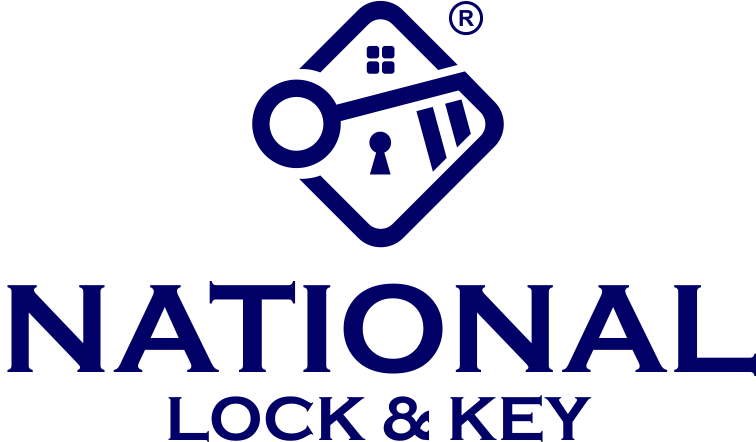Keyless Entry Systems Explained
The keyless entry system is the new Fort Knox and requires no physical keys.a
Locks have been around for hundreds of years. We use the same technology and rely on it to keep our belongings safe. Locks are vital and differentiate between in or out, safe or unsafe, protected or exposed. Whether it’s a car, home, or office, owners want their spaces safe. The latest in lock and security technology is the keyless entry system.
What is a keyless input system?
The keyless entry system is the new Fort Knox and requires no physical keys. The keyless entry system, ranging in styles from pin keypads to critical cards, electromagnetic fobs, and even fingerprints, provides unmatched safety.
Homeowners unfamiliar with keyless entry systems but want to upgrade the security of their homes should continue reading to unlock all the facts and secrets.
Advantages of keyless entry system
Convenience: Gone are the days of rummaging through a bag or pocket to find the keys. A keyless entry means homeowners always have the key, all the time. Whether using a code, fingerprint, or key fob, these systems often have a backup method in the event of a power outage.
Reliability: With a keyless entry system, homeowners no longer worry about being locked out. If they forget their key, enter the code, and the door will unlock—no need to wait for a locksmith or spare key to arrive. Fingerprints also ensure every family member can get in and out quickly.
Safer: We’ve all done it before. There is no need to leave a key under the doormat with the keyless entry system, so homeowners never have to worry about one being stolen when they need a service technician to come into their home while away. Instead, the homeowner can give the professional a specific code to gain entry into the home. Once the service is complete, the homeowner can delete the code from the system.
More options: Some keyless entry systems are equipped with a camera/video to see who’s at the door. Other systems provide text or email alerts whenever the door is opened or closed.
Disadvantages of keyless entry systems
Timing is everything: When giving out the code, tell the plumber or cable technician, and a homeowner can jeopardize their security. If they use the same code repeatedly, noticeable blurs will appear on the pinboard, which means they must be diligent and reset the code once the service is complete. In addition, the homeowner has to update and change the code regularly.
Not too key: Some accessories are included and required. Typically, keyless entry systems come with at least a remote control so homeowners can, for example, enter their home through the garage. This access means there is a risk of losing something, and losing the remote is less safe than losing the keys.
It’s all worth the money: New technology doesn’t come cheap. Updating a home’s security system can be a worthwhile investment but can be outside of some homeowner’s budgets. Typically, installing a new, keyless entry system can cost several hundred dollars, and the bigger the house, the more expensive it is, but it’s worth it.
Before installing a keyless entry system
Don’t rush to buy a keyless entry system; it is essential to consider all possibilities. Homeowners should remember that before they install a low-key system, they must ensure the technology is appropriate for the rest of their homes. Property managers also need to consider if the software is compatible with the system they are currently using.
Homeowners should also consider their must-haves. Before shopping around, remember the specific features the system should have to meet the homeowner’s needs. Finally, before installing a keyless entry system, ensure it works even during a power outage. Seeking advice from a professional locksmith can help.
National Lock & Key is a licensed, insured, full-service commercial and residential locksmith serving Northern Virginia, Maryland, and Washington D.C. Contact us at 571-449-6495.

